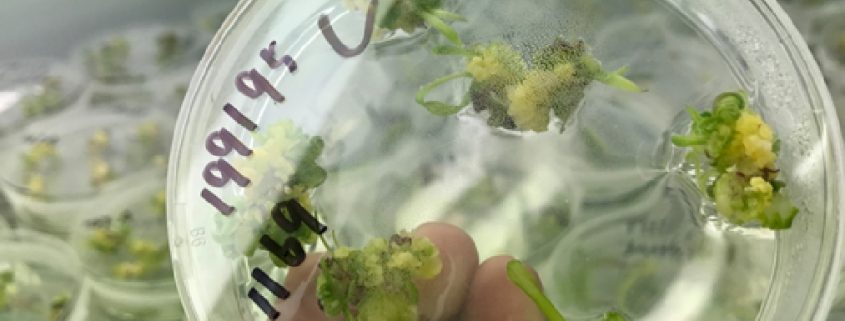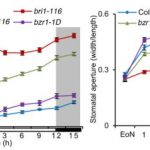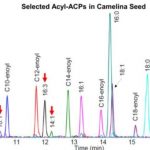To Catch Crop Genes in Batch
Liu et al. demonstrate an integration of massive genetic mapping and high-throughput targeted mutagenesis to accelerate functional gene identification in maize. The Plant Cell (2020) https://doi.org/10.1105/tpc.19.00934
By Hai-Jun Liu & Jianbing Yan, National Key Laboratory of Crop Genetic Improvement, Huazhong Agricultural University, Wuhan, 430070, People’s Republic of China
Background: Cloning functional genes responsible for complex traits is one of the most important fields of genetics. For crop researchers, identification of genes affecting important agronomic and economic traits is key for precise breeding. Current approaches of crop gene cloning mainly include genetic mapping and mutant studies using natural or induced alleles. However, these are typically time-consuming, labor-intensive, and/or unscalable, which makes the crop improvement of great challenge due to the lack of adequate targets. The CRISPR/Cas9 (Clustered Regularly Interspaced Short Palindromic Repeats and CRISPR-Associated protein 9 nuclease) system represents a significant breakthrough for generating targeted mutations both in terms of simplicity and efficiency, and its capacity for high-throughput has fueled its popularity in large-scale mutagenesis libraries.
Question: Can the integration of high-throughput targeted mutagenesis to abundant mapped candidate genes and guided phenotyping based on prior knowledge provide an outlet to identify crop functional genes efficiently, in a batch manner, and therefore eliminate the need for intensive fine-mapping?
Findings: We first established an improved high-throughput genome editing pipeline, tailored for maize, but similarly applicable to other species with complex genome. We then applied this workflow to target > 1,000 maize candidate genes potentially affecting different agronomic traits. In addition to validating phenotypes linked to genetic traits, this targeted mutagenesis is also a valuable resource to better dissect classical genomic intervals and identify new genes, to compare the phenotypes of edited alleles and naturally occurring alleles, to discover genes resulting in unexpected phenotypic changes, and to address the issue of gene redundancy. Taken together, the knowledge-driven targeted mutagenesis is indeed an efficient and high-throughput way to functional gene identification.
Next steps: Future innovations in high-throughput phenotyping methods, together with emerging techniques offering high transformation efficiency for a wide variety of plant species and improved sgRNA delivery efficiency by new biochemical carriers without tissue culture, will be critical for further large-scale exploration of mutants and precise crop breeding.
Liu, et al. (2020). High throughput CRISPR/Cas9 mutagenesis streamlines trait gene identification in maize. Plant Cell DOI: https://doi.org/10.1105/tpc.19.00934




